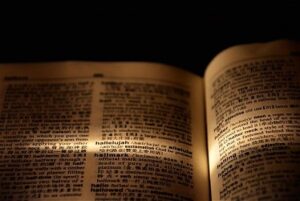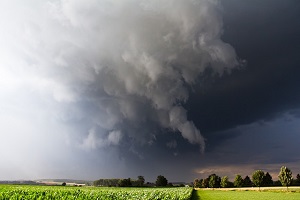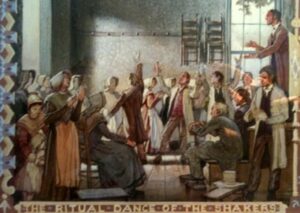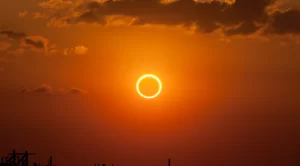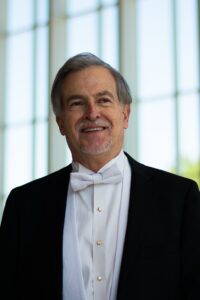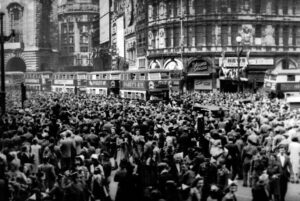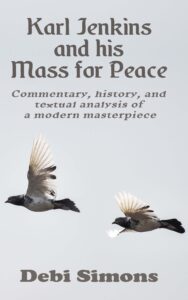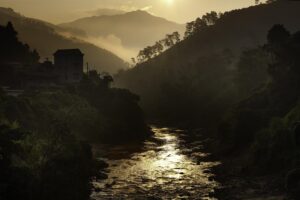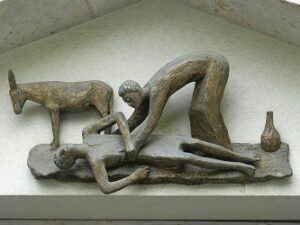
The choir to which I belong, the Cherry Creek Chorale, is privileged to include a composer, Gloria Srikijkarn, whose works we have performed at several concerts. For our October 2022 concert Songs of Thanksgiving we have a section titled “The Valley of the Shadow” that includes her setting of “Kyrie.” She says that she wrote this moving and beautiful piece “at a very dark time in my life.”
The simple text comes from the service of the Roman Catholic Mass but is often, as here, used as a stand-alone piece. It’s always helpful, though, no matter how separate from the original a version is, to look at how it was used in the first place. So if you were to attend an actual service of the Mass you’d participate in singing the text right after the priest or minister had address the congregation by saying,

